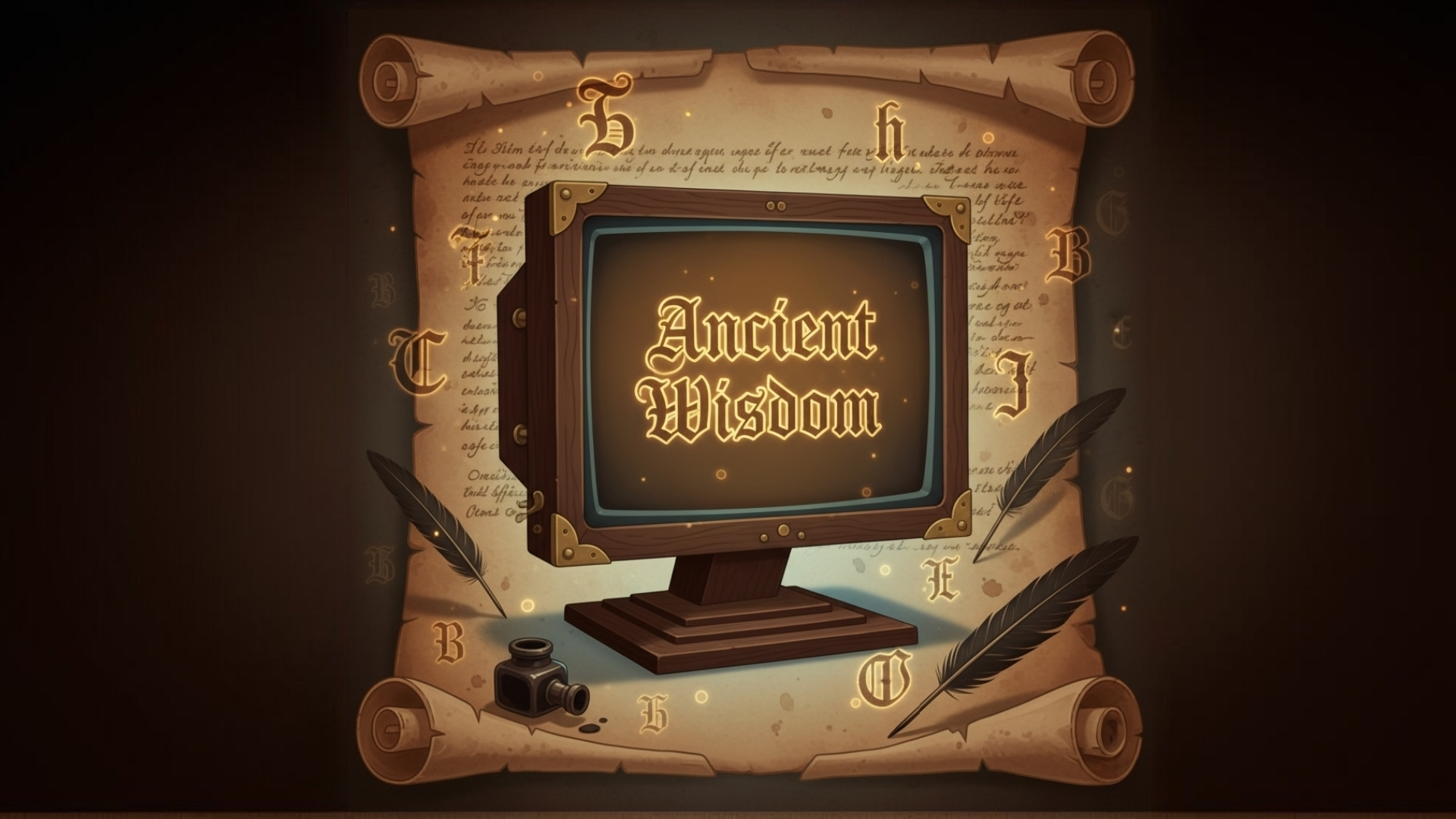
Old English Text Generator
Created on 16 October, 2025 • Text Tools • 1 views • 3 minutes read
An Old English text generator is a tool that produces text styled after the Anglo-Saxon language (often called Old English) or text that mimics the look and flavor of historical English.
Old English Text Generator: Create Authentic Anglo-Saxon Style Text Easily
An Old English text generator is a tool that produces text styled after the Anglo-Saxon language (often called Old English) or text that mimics the look and flavor of historical English. These generators are popular with writers, game developers, reenactors, educators, and hobbyists who want evocative, archaic-sounding phrases for fiction, signage, character names, or decorative copy. This guide explains what Old English generators do, how they work, practical uses, and best practices for producing plausible, engaging results.
What Is an Old English Text Generator?
Despite the name, many online “Old English” generators do not produce historically accurate Anglo-Saxon language (which uses very different grammar and vocabulary). Instead, they typically generate archaic-style English—modern English rendered with old-looking letterforms, spellings, or vocabulary that evokes medieval tone (e.g., “thou”, “hath”, “ere”). More advanced tools may offer two modes:
- Stylistic mode: Converts modern sentences into archaic-sounding English by substituting vocabulary, adding archaic pronouns and verb endings, and altering word order.
- Orthographic mode: Transforms Latin/modern letters into blackletter or insular script styles for decorative display (font-based) without changing the underlying words.
How Old English Generators Work
Most generators combine simple linguistic rules with dictionaries and pattern substitution. Common techniques include:
1. Lexical substitution
Replace modern words with archaic equivalents (e.g., “you” → “thou”, “have” → “hast” or “hath”).
2. Morphological tweaks
Alter verb endings and pronouns to match an archaic register (for example, adding “-eth” to third-person verbs: “speak” → “speaketh”).
3. Syntax adjustments
Occasionally rearrange word order to sound older or more formal: “I will go” → “I shall henceforth go” or “Go I will” for dramatic effect.
4. Font/visual conversion
Switch to decorative fonts (Blackletter, Fraktur, or Insular) for headings and banners so the output looks authentically medieval even if the text is modern English.
Practical Uses of an Old English Text Generator
These tools have a wide range of creative and practical applications:
- Fiction and world-building: Create archaic dialogue or place names for fantasy novels and role-playing games.
- Graphic design: Generate decorative headings, posters, certificates, or logos with a medieval look.
- Education: Provide students with a sense of historical language style for projects—while noting the difference from true Old English.
- Events and reenactment: Produce period-flavored signage, menus, or character bios for Renaissance fairs and historical events.
Limitations and Accuracy
It’s important to understand limitations. True Old English (Anglo-Saxon) is a distinct Germanic language (e.g., ċūþ, beorht) and requires specialist knowledge. Most readily available generators do not produce grammatically correct Old English; they create stylized modern English. If you need academic accuracy—for research, translation, or linguistics—consult a specialist or use scholarly resources and corpora.
When to Seek Authenticity
Choose expert translation for historical publications, museum exhibits, or academic work. Generators are best for decorative, entertainment, or creative uses where strict historical accuracy is not required.
Best Practices for Using Generators
- Combine approaches: Use lexical substitution plus a suitable blackletter font for maximum effect.
- Keep readability: Don’t over-archaize long passages—mix a bit of archaic flavor with clear modern phrasing.
- Disclose usage: If accuracy matters, note that the output is stylized and not a scholarly Old English translation.
- Proofread: Some substitutions can create awkward or unintended meanings—always review and edit the result.
Conclusion
An Old English text generator is a fun and useful tool for adding historical atmosphere to creative projects. While it won’t replace expert translators for authentic Anglo-Saxon texts, it offers fast, attractive ways to evoke medieval tone in literature, design, and events. Use it thoughtfully—pair stylistic conversion with appropriate fonts, keep readability in mind, and clearly label outputs when accuracy is important.
Categories
Popular posts
-
Reverse LettersText Tools • 4 views
-
IP LookupChecker Tools • 3 views
-
Reverse Ip LookupChecker Tools • 3 views
-
SSL LookupChecker Tools • 3 views
-
PingChecker Tools • 3 views